How Do Heated Driveway Systems Work?
Important Point
A heated driveway system is a type of system designed to melt snow and ice from the surface of a driveway or sidewalk, making it easier to use and safer to walk or drive on during the winter months.
These systems are becoming increasingly popular in areas that experience heavy snowfall or icy conditions, and they can be installed in both new and existing driveways.
There are two main types of heated driveway systems: electric and hydronic.
Both types work by using heat to melt snow and ice, but they do so in different ways.
Also, Read: What Is Hempcrete Used For
Electric Heated Driveway Systems:
Electric heated driveway systems use a series of electric heating cables or mats that are installed under the surface of the driveway or sidewalk.
These heating elements are controlled by a thermostat, which activates the system when the temperature drops below a certain point.
The heating cables or mats are installed in a pattern that ensures even heating across the surface of the driveway.
They are typically installed in a layer of sand or gravel, which helps to distribute the heat evenly and also protects the cables from damage.
When the system is activated, the heating cables or mats warm up and begin to melt any snow or ice on the surface of the driveway.
As the snow and ice melt, the water drains away through a series of channels or drains installed in the driveway.
Electric heated driveway systems are relatively easy to install and can be used in a variety of applications, including residential driveways, commercial parking lots, and sidewalks.
They are also easy to maintain, requiring only periodic inspections to ensure that the heating elements are functioning properly.
Useful Article for You
- Sewerage System
- Types of Driveways
- Driveway Paving Slabs
- Spalling Concrete Driveway
- Concrete Driveway Finishes
- Types of Pavers for Driveway
- Cost of Brick Paver Driveway
- Salt Finish Concrete Driveway
- Best Caulk for Driveway Joints
- Types of Asphalt for Driveways
- Concrete Mix Ratio for Driveway
- Best Concrete for Driveway Repair
- Driveway Expansion Joints Repair
- Hairline Cracks in Concrete Driveway
- Concrete Driveway Curing Time Chart
- How to Resurface a Concrete Driveway
- How Long for Concrete Driveway to Cure
- Crushed Concrete Driveway Pros and Cons
- How Much Weight Can a 4 Inch Concrete Driveway Hold
Hydronic Heated Driveway Systems:
Hydronic heated driveway systems use a network of pipes that are installed under the surface of the driveway or sidewalk.
These pipes are filled with a heated fluid, typically a mixture of water and an anti-freeze solution, which circulates through the system and warms the surface of the driveway.
The heating fluid is heated by a boiler, which is usually located in the basement or garage of the home or building.
The boiler is controlled by a thermostat, which activates the system when the temperature drops below a certain point.
As the fluid circulates through the pipes, it warms the surface of the driveway, melting any snow or ice that has accumulated.
The melted snow and ice are then drained away through a series of channels or drains installed in the driveway.
Hydronic heated driveway systems are typically more expensive to install than electric systems, but they are also more efficient and can be used in larger applications, such as commercial parking lots or roadways.
They are also more environmentally friendly, as they use less energy to operate than electric systems.
Installation:
The installation of a heated driveway system begins with the preparation of surface.
The surface of the driveway or sidewalk must be excavated to a certain depth to allow for the installation of the heating elements.
For electric systems, a layer of sand or gravel is then laid down over the excavation to protect the heating elements and distribute the heat evenly.
For hydronic systems, a layer of insulation is installed over the excavation to prevent heat loss and improve the efficiency of system.
The heating elements are then installed in a pattern that ensures even heating across the surface of the driveway.
For electric systems, this typically involves laying down a series of heating cables or mats.
For hydronic systems, a network of pipes is installed in excavation.
Once the heating elements are installed, the surface of the driveway is covered with a layer of asphalt or concrete.
The surface is then finished with a sealant to protect it from the elements.
Maintenance:
Heated driveway systems are relatively easy to maintain.
Electric systems require periodic inspections to ensure that the heating elements are functioning properly.
If a heating element is damaged, it can be repaired or replaced without the need for excavation.
Also, Read: Wall Loading Calculations
Lots Of Heated Driveway Options
There are several options available when it comes to heated driveway systems.
Some of these options include:
- Manual vs. Automatic: Heated driveway systems can be manual or automatic. Manual systems require the homeowner to turn the system on and off as needed, while automatic systems are controlled by a thermostat and turn on and off automatically.
- Electric vs. Hydronic: As discussed earlier, heated driveway systems can be electric or hydronic. Electric systems are typically less expensive to install, but hydronic systems are more efficient and environmentally friendly.
- Heating Element Type: Electric systems can use heating cables or mats. Mats are easier to install, but cables are more customizable and can be installed in a wider range of applications. Hydronic systems use a network of pipes that can be made from a variety of materials, including copper, PEX, or polybutylene.
- Surface Material: Heated driveway systems can be installed under a variety of surface materials, including concrete, asphalt, and pavers. The choice of surface material can affect the efficiency and effectiveness of the system, as well as the overall cost of installation.
- Control Method: Heated driveway systems can be controlled by a variety of methods, including manual switches, automatic thermostats, or remote controls. Some systems can even be controlled by smartphone apps, allowing homeowners to turn the system on and off from anywhere.
- Zoning: Some heated driveway systems allow for zoning, which allows the homeowner to heat only certain areas of the driveway or sidewalk. This can help to reduce energy usage and costs.
- Power Source: Electric heated driveway systems require a source of electricity to operate. This can be provided by the home’s electrical system or by a dedicated generator. Hydronic systems require a boiler to heat the fluid, which can be powered by natural gas, propane, or electricity.
Ultimately, the choice of heated driveway system will depend on several factors, including the homeowner’s budget, the size of the driveway, the local climate, and the desired level of automation and control.
A professional contractor can help homeowners determine which system is best suited to their needs.
Also, Read: Types of Cranes
Heated Driveway Costs
The cost of a heated driveway system can vary depending on several factors, including the size of the driveway, the type of system installed, and the cost of labor in the area. Here are some estimated costs to consider:
- Electric Systems: Electric heated driveway systems are typically less expensive to install than hydronic systems, with an average cost of $10 to $25 per square foot for materials and installation.
- Hydronic Systems: Hydronic heated driveway systems are generally more expensive to install than electric systems, with an average cost of $20 to $35 per square foot for materials and installation.
- Manual vs. Automatic: Manual systems are generally less expensive to install than automatic systems, as they require less equipment and installation time. Automatic systems, however, can be more convenient and energy-efficient in the long run.
- Surface Material: The cost of installing a heated driveway system can also vary depending on the type of surface material used. For example, installing a heated driveway under concrete is generally more expensive than under asphalt or pavers.
- Zoning: Zoning can also affect the cost of a heated driveway system. Systems with zoning capabilities may cost more upfront, but they can be more energy-efficient and cost-effective in the long run.
- Power Source: The cost of powering a heated driveway system will depend on the type of power source used. Electric systems can be powered by the home’s electrical system, while hydronic systems may require a dedicated boiler that runs on natural gas or propane.
Overall, the cost of a heated driveway system can range from $5,000 to $15,000 or more, depending on the size of the driveway and the type of system installed.
It is important to work with a professional contractor to determine the best system for your needs and budget.
Additionally, it is important to factor in cost of maintenance and repair over time, as heated driveway systems will require periodic upkeep to ensure they are functioning properly.
Also, Read: Zero Force Members
Radiant Hot Water Driveway Cost
A radiant hot water driveway system, also known as a hydronic heated driveway system, is typically more expensive to install than an electric system due to the additional equipment and labor required.
Here are some estimated costs to consider for a radiant hot water driveway system:
- Equipment and Material Costs: The cost of materials for a hydronic heated driveway system will depend on several factors, including the size of the driveway and the type of surface material used. On average, the cost of materials for a hydronic system can range from $20 to $30 per square foot.
- Installation Costs: The cost of installation for a hydronic system can also vary depending on the complexity of the installation and the cost of labor in the area. On average, the cost of installation for a hydronic system can range from $20 to $40 per square foot.
- Additional Costs: There may be additional costs associated with the installation of a hydronic heated driveway system, such as the cost of a boiler or other equipment needed to heat the water, as well as the cost of any permits or inspections required by local building codes.
Overall, the cost of a radiant hot water driveway system can range from $10,000 to $30,000 or more, depending on the size of the driveway and the complexity of the installation.
It is important to work with a professional contractor to determine the best system for your needs and budget, as well as to ensure that the installation is done correctly and safely.
Additionally, it is important to factor in cost of maintenance and repair over time, as heated driveway systems will require periodic upkeep to ensure they are functioning properly.
Also, Read: How Many Bags of Concrete in a Yard
Electric Heated Driveway Cost
The cost of an electric heated driveway system can vary depending on several factors, including the size of the driveway, the type of system installed, and the cost of labor in area.
Here are some estimated costs to consider for an electric heated driveway system:
- Equipment and Material Costs: The cost of materials for an electric heated driveway system will depend on several factors, including the size of the driveway and the type of surface material used. On average, the cost of materials for an electric system can range from $10 to $20 per square foot.
- Installation Costs: The cost of installation for an electric system can also vary depending on the complexity of the installation and the cost of labor in the area. On average, the cost of installation for an electric system can range from $10 to $25 per square foot.
- Additional Costs: There may be additional costs associated with the installation of an electric heated driveway system, such as the cost of a dedicated electrical circuit or panel, as well as the cost of any permits or inspections required by local building codes.
Overall, the cost of an electric heated driveway system can range from $5,000 to $15,000 or more, depending on the size of the driveway and the complexity of the installation.
It is important to work with a professional contractor to determine the best system for your needs and budget, as well as to ensure that the installation is done correctly and safely.
Additionally, it is important to factor in the cost of maintenance and repair over time, as heated driveway systems will require periodic upkeep to ensure they are functioning properly.
Also, Read: Types of Shovel
Types of Heated Driveway Systems (With Pros and Cons)
Heated driveway systems are an excellent way to ensure that your driveway stays clear of snow and ice during the winter months.
There are two main types of heated driveway systems: electric and hydronic (hot water).
Each type has its own set of pros and cons, and choosing the right system for your needs will depend on a variety of factors, including the size of your driveway, the climate in your area, and your budget.
Electric Heated Driveway Systems
Electric heated driveway systems use electric cables or mats to generate heat and melt snow and ice.
Here are some of the pros and cons of electric heated driveway systems:
Pros of Electric Heated Driveway Systems
- Cost-effective: Electric heated driveway systems are generally less expensive to install than hydronic systems, making them a more budget-friendly option for homeowners.
- Easy installation: Electric heated driveway systems are easy to install and can often be installed directly under the surface material of your driveway.
- Energy-efficient: Electric systems only operate when needed, which makes them more energy-efficient than hydronic systems that require a constant heat source.
Cons of Electric Heated Driveway Systems
- Limited heating capacity: Electric systems have a lower heating capacity than hydronic systems, which means they may struggle to keep up with heavy snowfalls or extreme cold temperatures.
- Limited lifespan: Electric heating cables and mats have a limited lifespan, typically lasting 15-20 years, which means they may need to be replaced more frequently than hydronic systems.
- Limited customization options: Electric systems do not have as many customization options as hydronic systems, such as zoning capabilities or multiple heat sources.
Hydronic (Hot Water) Heated Driveway Systems
Hydronic heated driveway systems use a closed-loop system of pipes to circulate hot water or a mixture of water and antifreeze beneath the surface of your driveway.
Here are some of the pros and cons of hydronic heated driveway systems:
Pros of Hydronic (Hot Water) Heated Driveway Systems
- High heating capacity: Hydronic systems have a higher heating capacity than electric systems, which means they are better equipped to handle heavy snowfalls or extreme cold temperatures.
- Long lifespan: Hydronic systems have a longer lifespan than electric systems, typically lasting 25-30 years or more.
- Customizable: Hydronic systems offer more customization options, such as zoning capabilities or multiple heat sources, which allows for greater control and energy efficiency.
Cons of Hydronic (Hot Water) Heated Driveway Systems
- More expensive: Hydronic systems are generally more expensive to install than electric systems, due to the additional equipment and labor required.
- More complex installation: Hydronic systems require more extensive installation, including the installation of a boiler or other heating source.
- Less energy-efficient: Hydronic systems require a constant heat source, which can make them less energy-efficient than electric systems that only operate when needed.
Also, Read: How Many Stairs in a Flight
Conclusion of Heated Driveway Systems
Choosing the right heated driveway system will depend on your specific needs and budget.
Electric systems are a cost-effective and easy-to-install option, but they may struggle to keep up with heavy snowfalls or extreme cold temperatures.
Hydronic systems offer greater heating capacity and customization options, but they are more expensive and require more complex installation.
By understanding the pros and cons of each type of system, you can make an informed decision and choose the system that best suits your needs.
It’s always recommended to consult with a professional contractor to determine the best system for your driveway and location.
Heated Driveway Systems
Heated driveway systems are a popular solution for dealing with snow and ice accumulation on driveways. These systems use electric heating elements or hydronic (water-based) tubes to melt snow and ice, providing a clear and safe surface for vehicles and pedestrians.
Electric heated driveway systems typically consist of heating cables or mats that are installed beneath the driveway surface. These cables or mats are connected to a thermostat or a snow sensor, which detects when the temperature drops below a certain threshold or when there is precipitation. Once triggered, the system activates and heats up the cables, melting the snow and ice.
Hydronic heated driveway systems involve the installation of tubing beneath the driveway surface through which a heated fluid, typically water or a mixture of water and antifreeze, circulates. A boiler or water heater is used to heat the fluid, and a pump circulates it through the tubing system. Similar to electric systems, hydronic systems can be controlled by a thermostat or snow sensor.
Heated Driveway Installation
Installing a heated driveway usually involves tearing out the old driveway and pouring a new one. In rare cases, a contractor may be able to install a radiant heating system over the existing driveway by using a resurfacing technique.
Electric Heated Driveway Systems
Electric heated driveway systems utilize electric heating cables or mats to melt snow and ice on driveways. These systems are popular due to their ease of installation and relatively lower upfront costs compared to hydronic systems. Here’s how electric heated driveway systems typically work:
- Heating Elements: Electric heating cables or mats are the primary components of an electric heated driveway system. The cables are designed to generate heat when an electric current passes through them.
- Installation: The heating cables or mats are installed beneath the surface of the driveway, either embedded in the concrete or placed on a bed of sand or other suitable materials. The installation method depends on the specific system and manufacturer’s instructions.
- Control System: A control system is used to regulate the operation of the electric heated driveway system. It typically includes a thermostat or a snow sensor that monitors the temperature or detects the presence of snow and ice.
- Activation: When the temperature drops below a certain threshold or the snow sensor detects snowfall, the control system activates the heating cables. The cables begin to generate heat, which is transferred to the driveway surface, melting the snow and ice.
- Energy Efficiency: Modern electric heated driveway systems often incorporate energy-saving features. These include intelligent controls that optimize energy consumption by activating the system only when necessary. Some systems also have zoning capabilities, allowing you to heat specific areas of the driveway rather than the entire surface.
- Monitoring and Safety: Electric heated driveway systems may include safety features such as ground fault circuit interrupters (GFCIs) to prevent electrical hazards. Some systems also offer monitoring options, allowing you to check the status and operation of the system remotely.
Best Heated Driveway System
ClearZone cable is the premier snow melting cable, and one of the few radiant heat cables capable of withstanding the extreme temperatures of fresh asphalt installation. A control unit is used to control the driveway heating system.
How Does a Heated Driveway Work?
The more common hydronic systems use tubes that run beneath the driveway. Hot water is pumped through the tubes, where it’s mixed with antifreeze. This solution then radiates up to the driveway’s surface, where snow and ice melt before they have a chance to accumulate.
Electric Heated Driveway Cost
The cost of installing an electric heated driveway can vary depending on several factors, including the size of the driveway, the complexity of the installation, the type of heating system, and regional labor and material costs. It’s important to note that the following cost estimates are approximate and can vary significantly based on individual circumstances:
- Heating System: The type of electric heating system you choose will impact the overall cost. Heating cables are typically less expensive than mats. Expect to pay around $8 to $20 per square foot for heating cables, while mats can range from $12 to $25 per square foot.
- Installation: The installation costs can vary based on the complexity of the project. If you’re retrofitting an existing driveway, additional labor and materials may be required for excavation and driveway modification. On average, installation costs can range from $10 to $20 per square foot.
- Controls and Sensors: The cost of thermostats or snow sensors to control the operation of the heated driveway system will depend on the specific models and features. Budget around $200 to $500 for these components.
- Electrical Work: Since electric heated driveway systems require electrical connections, you may need to hire an electrician to ensure proper wiring and electrical safety. Electrical work costs can vary based on the complexity of the installation and local rates.
- Maintenance: Electric heated driveway systems typically have low maintenance requirements. However, it’s important to consider periodic inspections and potential repairs. Budget for maintenance costs over time.
- Operational Costs: Operating an electric heated driveway will increase your electricity bill. The exact cost will depend on factors such as the size of the driveway, the local electricity rates, and the frequency of system use. Energy-efficient systems with smart controls can help minimize operational costs.
Are Heated Driveways Worth It?
If you have a long or steep driveway or live in parts of the U.S. that have cold winters with heavy snowfall, then a heated driveway might be worth it. Keep in mind that heated driveways are effective, melting upwards of two inches of snow per hour, keeping your driveway free of black ice and snow all winter long.
Does Driveway Heat Damage Concrete?
If the heating is installed correctly, whether it’s an electric coil heated driveway or a hydronic heated driveway, you shouldn’t encounter cracking or damage too soon. If it’s installed poorly, you’re sure to see damage within the first few years.
What Type of Heating and Cooling System Is Best?
- Standard Heat Pump and Air Handler Split System. The standard heat pump and air handle split system is another popular option.
- Boiler with Radiant Heat System & AC.
- Mini-Split Heat Pump System.
- Geothermal Heat Pump System.
- Electric Furnace and AC Split System.
Is Hydronic Heating Expensive to Run?
Hydronic heating systems are less expensive to run than some other types of heaters. By some calculations, hydronic heating systems are 35 percent more cost effective than running a ducted system.
What Is a Hydronic Baseboard Heater?
Hydronic baseboard heaters warm liquid in a sealed unit (usually water, but sometimes oil). This provides radiant heat to warm individual rooms inside your home. Each heater uses a thermostat to regulate the temperature, allowing you to switch on the boards only in the rooms you’re using.
Are Heated Driveways Bad for the Environment?
A heated driveway melts snow and ice safely without danger to your landscape, the environment, or your vehicles. A driveway surface lasts longer if it’s not exposed to sub-zero temps.
Like this post? Share it with your friends!
Suggested Read –
Originally posted 2023-07-17 19:41:10.
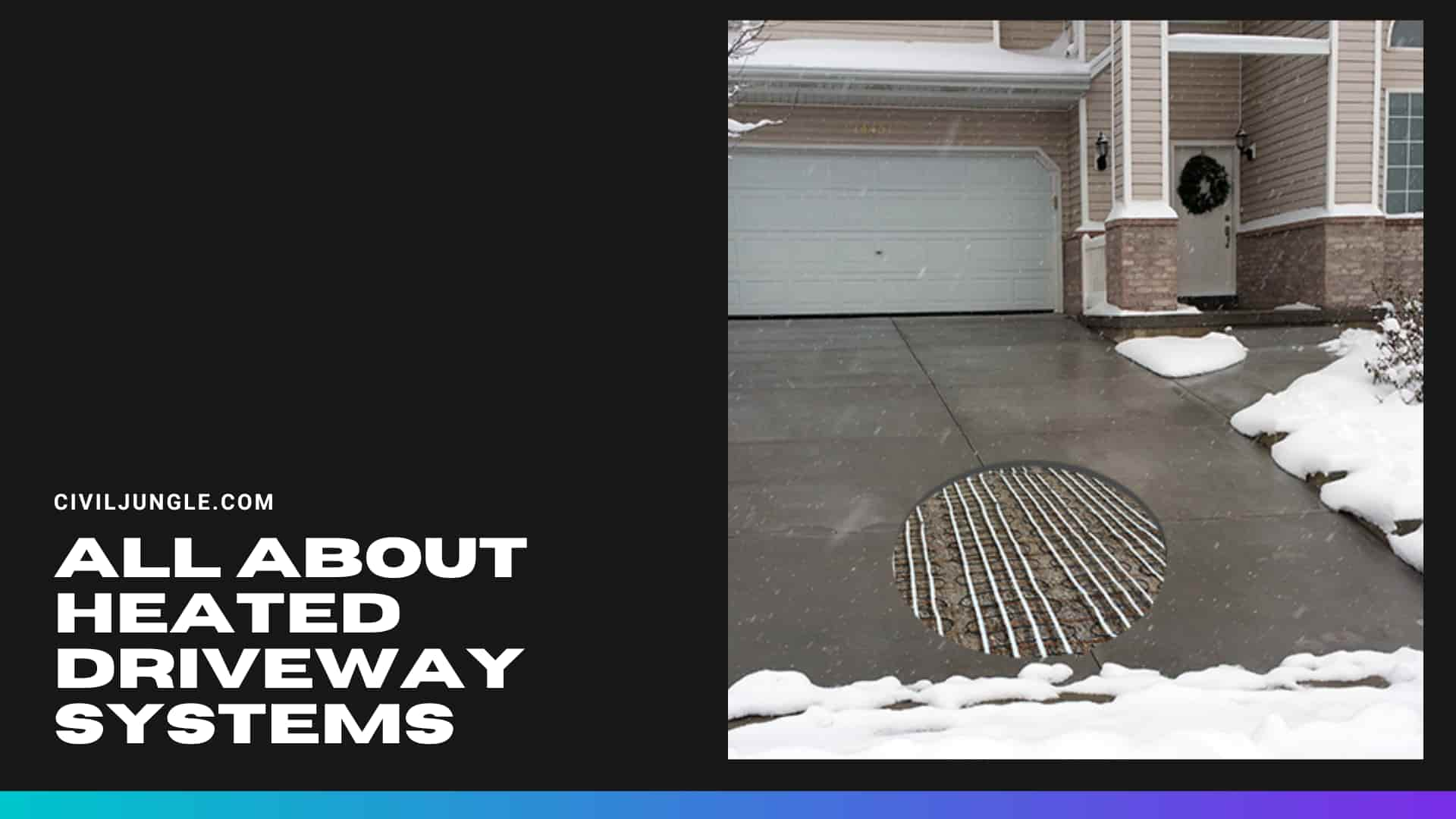
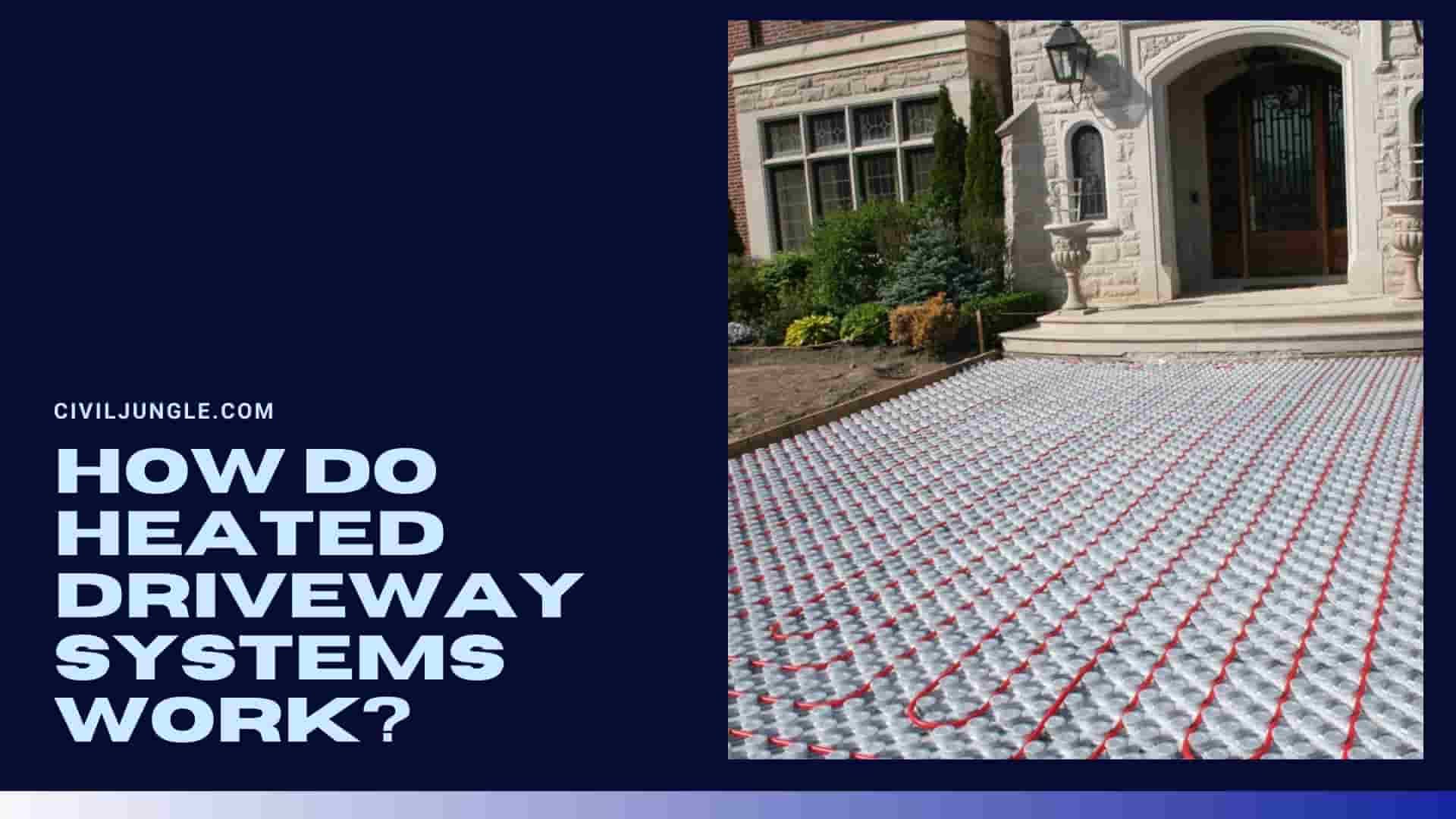
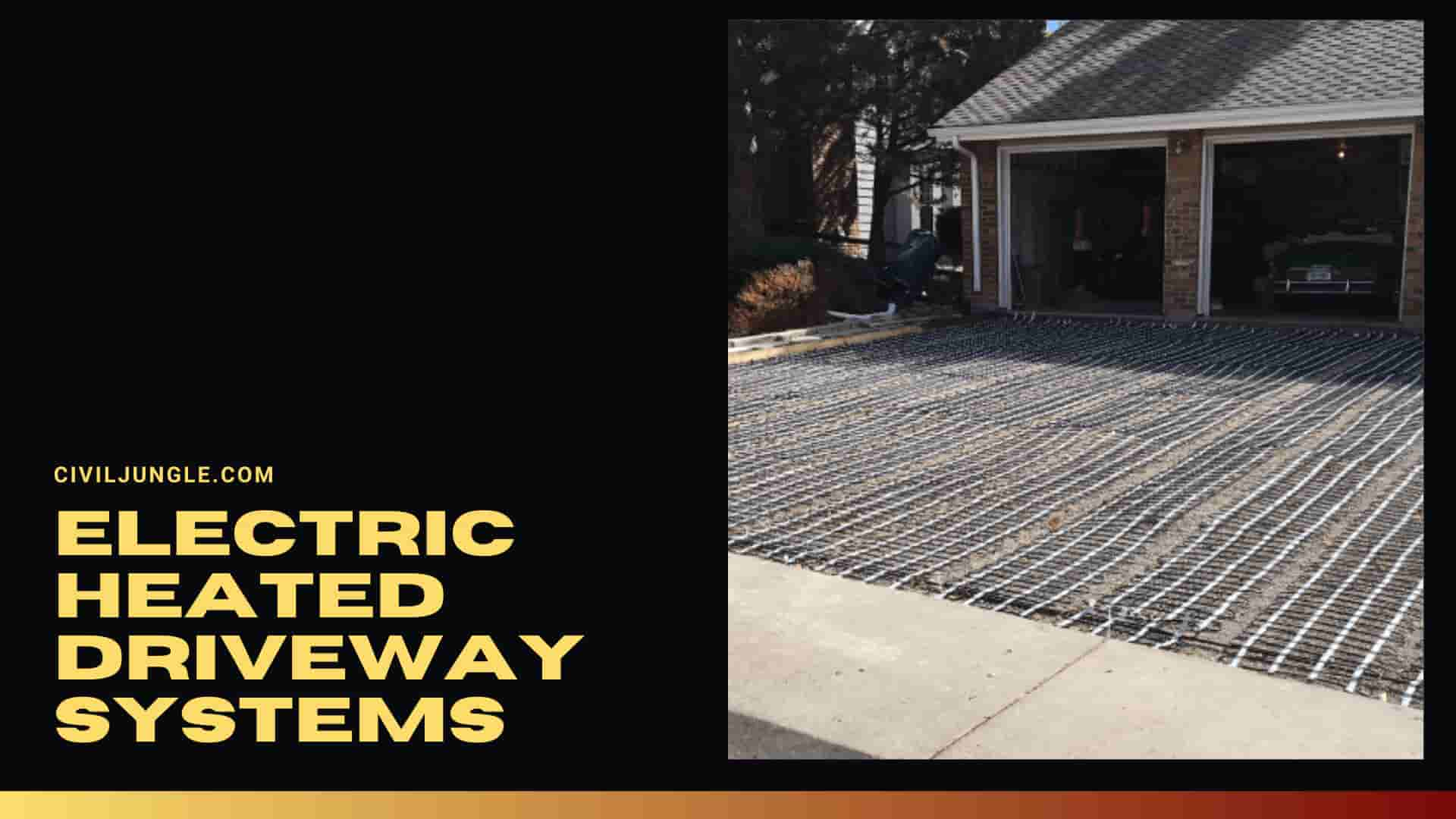
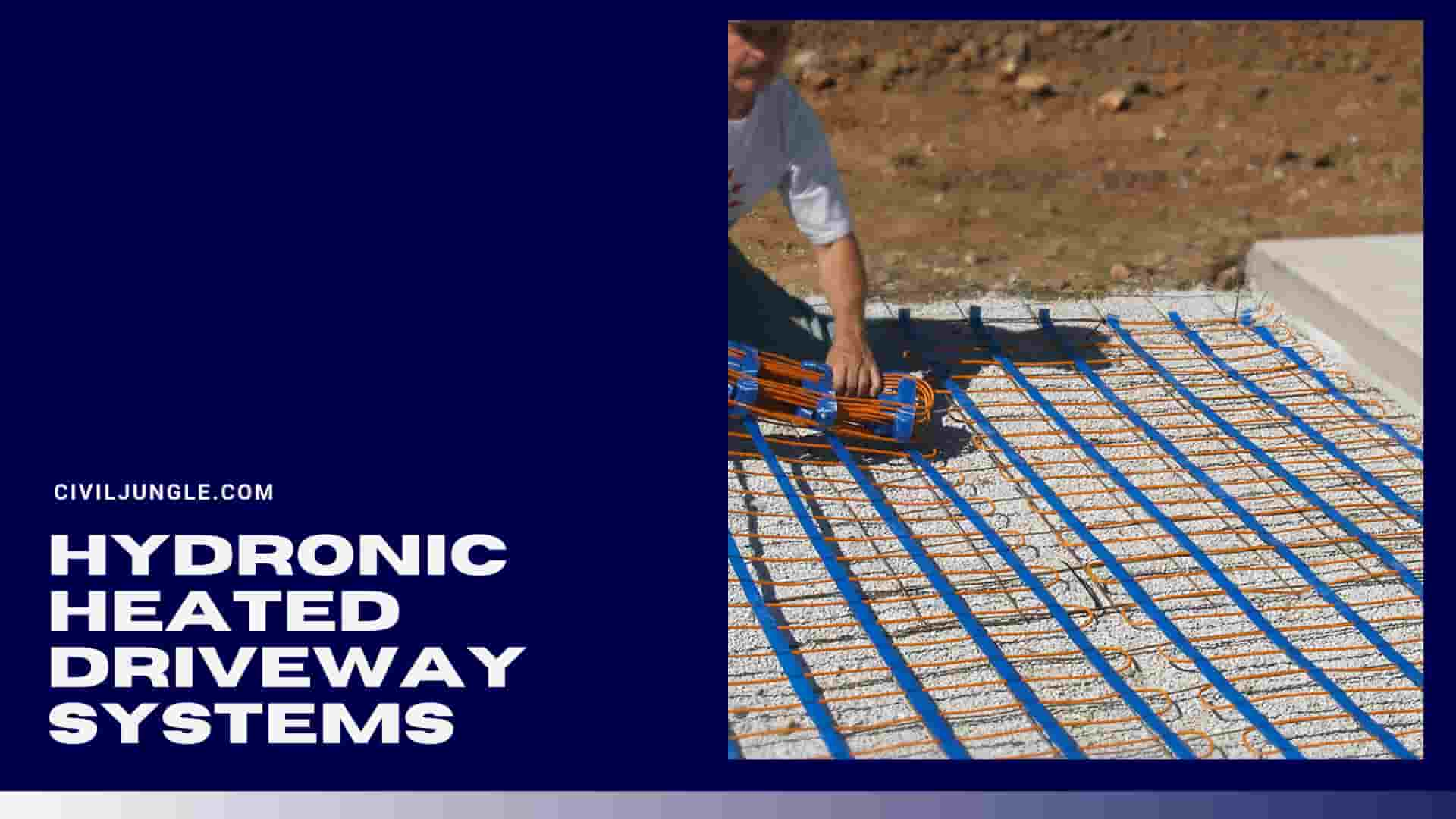

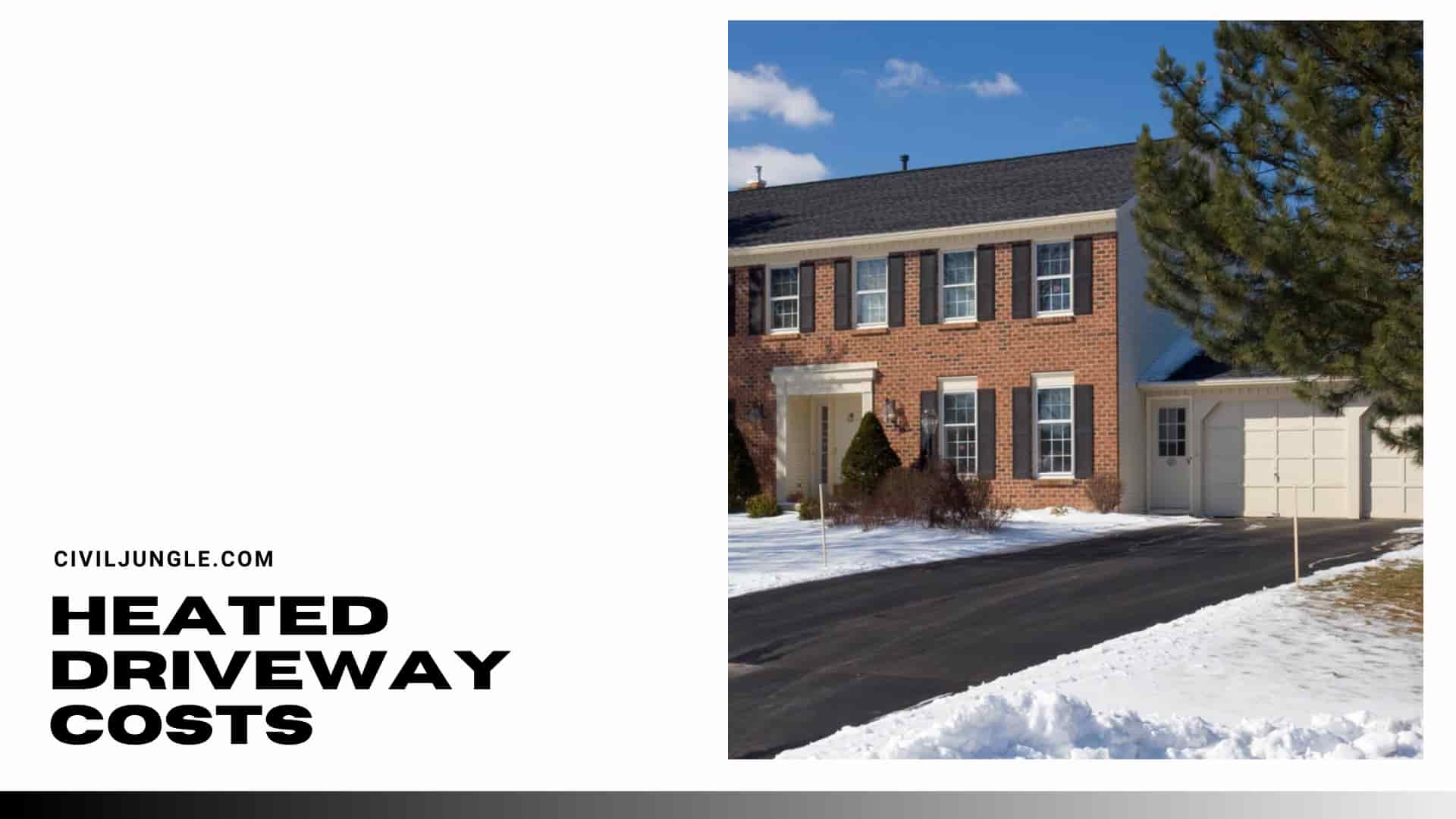
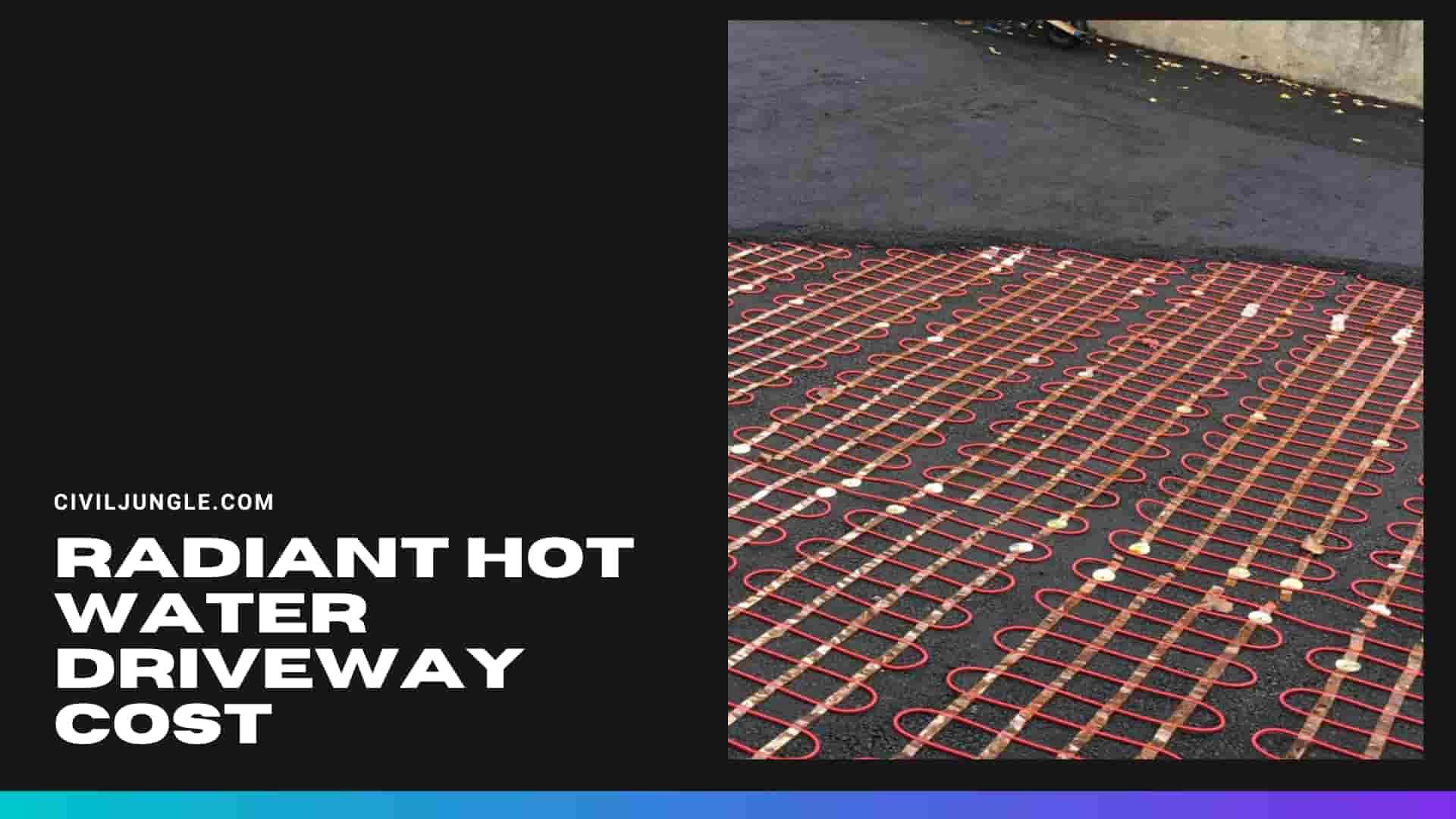
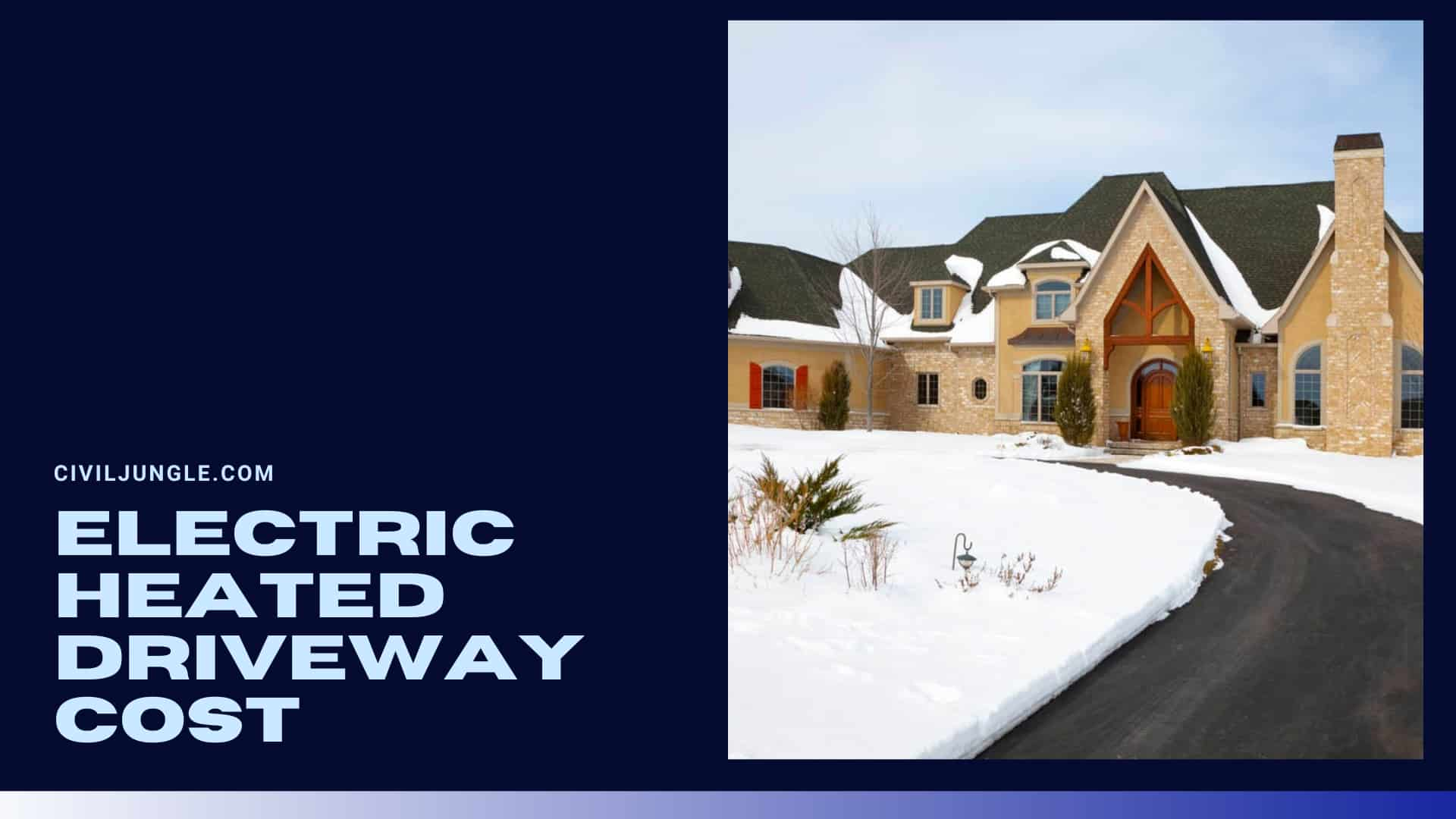
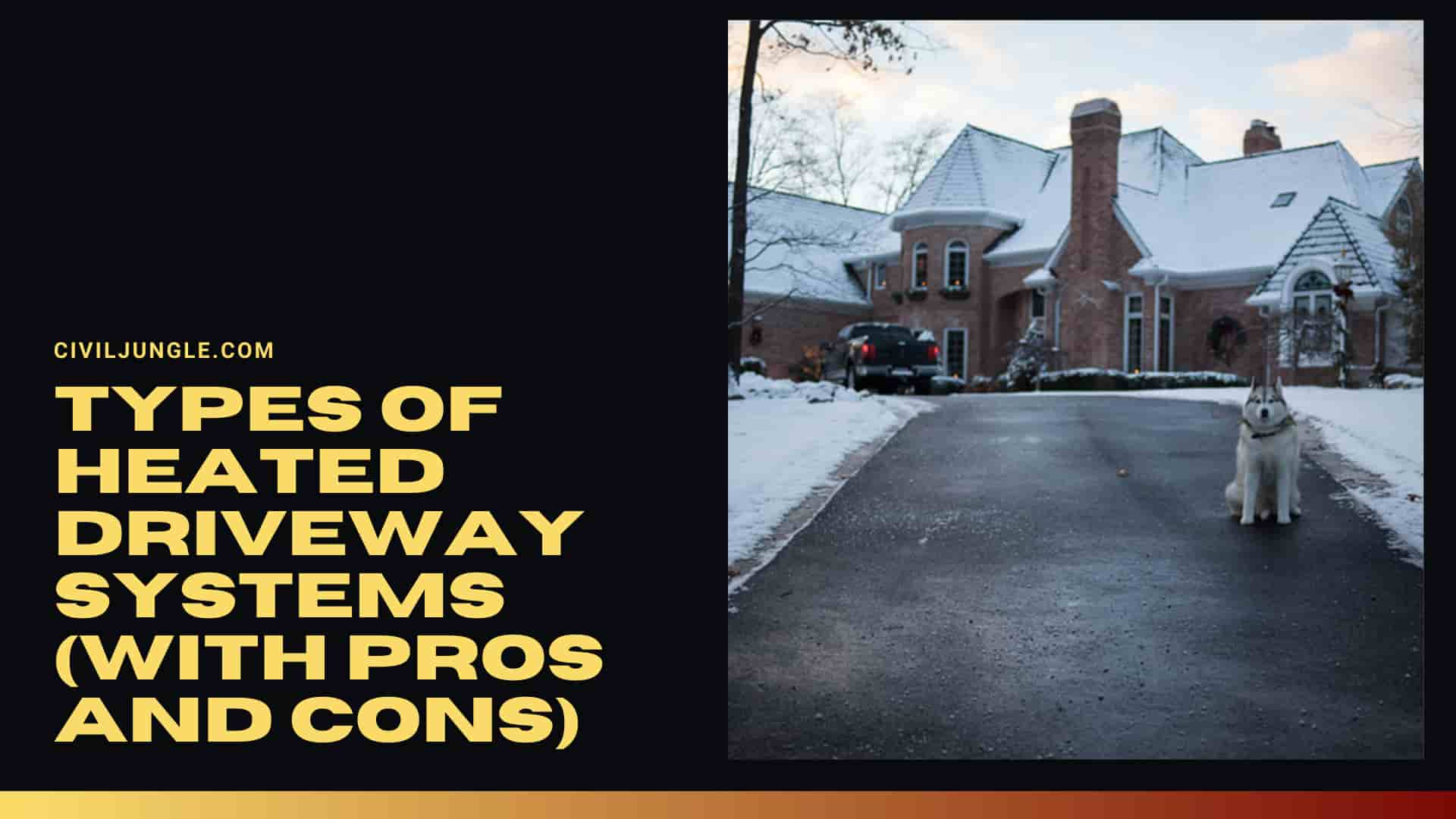

Leave a Reply